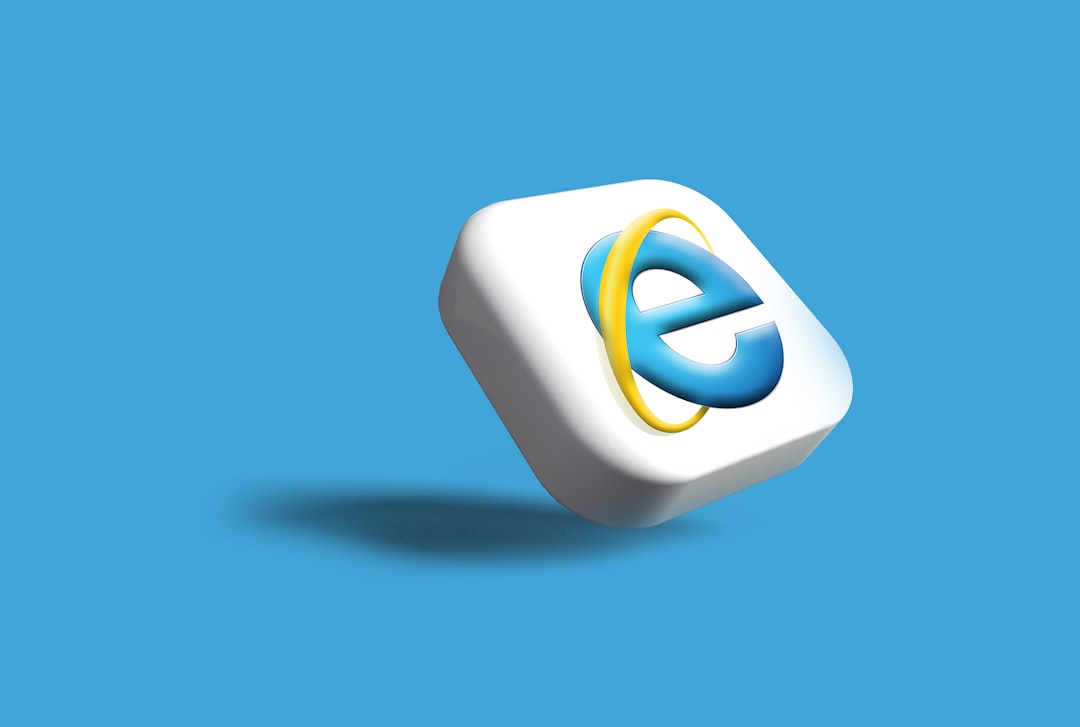How to Remove the Browser Assistant Virus in 2025
The modern internet, while a hub of information and convenience, is also rife with threats to user privacy and security. One of the most persistent and frustrating threats users face today is the Browser Assistant virus. As we move into 2025, this malware continues to evolve, making it more important than ever to understand how to identify and remove it effectively and permanently.
Despite its seemingly benign name, the Browser Assistant virus is a form of malicious software that can hijack your web browser, manipulate search results, inject unwanted ads, and compromise your private data. It often disguises itself as a useful add-on or extension, making it tricky to detect without the proper knowledge and tools.
Signs You’re Infected with the Browser Assistant Virus
Table of Contents
Before attempting removal, it’s important to confirm whether your system is actually infected. Look out for these common symptoms:
- Your default search engine or homepage has changed without your permission.
- You’re being redirected to unfamiliar or suspicious websites.
- Your browser is overrun with excessive ads, pop-ups, or banners.
- You’re experiencing sluggish performance or random crashes.
- Unauthorized browser extensions have been installed.
If you recognize these signs, it’s essential to act quickly to prevent long-term harm to your system and privacy.

Step-by-Step Guide to Removing the Browser Assistant Virus
1. Uninstall Suspicious Programs
Begin by removing any unfamiliar or recently installed programs from your system:
- Open the Control Panel (Windows) or Applications Folder (macOS).
- Look for software with generic or suspicious names like “Browser Assistant”, “Helper Tool”, or similar.
- Uninstall them and restart your system.
2. Remove Malicious Browser Extensions
Malware often integrates itself directly into your browser. You’ll need to check your installed extensions:
- Chrome: Go to chrome://extensions and remove unfamiliar entries.
- Firefox: Navigate to about:addons and disable suspicious plugins.
- Edge: Head to edge://extensions and delete any unauthorized additions.
If you’re unsure whether an extension is safe, look it up online for reviews or community feedback.
3. Run a Full System Antivirus Scan
A robust antivirus or anti-malware tool is crucial for detecting and eliminating hidden threats. Choose reputable software that’s updated for 2025 standards. Some top choices include:
- Malwarebytes Premium
- Bitdefender Total Security
- Kaspersky Plus
Conduct a full system scan, not just a quick scan. This ensures deeper files and processes are properly analyzed and cleaned.

4. Reset Your Browser Settings
If symptoms persist, resetting your browser settings may be necessary to eliminate any leftover components:
- Chrome: Settings → Advanced → Reset and clean up → Restore settings to their original defaults.
- Firefox: Help → Troubleshooting Information → Refresh Firefox.
- Edge: Settings → Reset Settings → Restore settings to their default values.
Note that resetting your browser may remove stored passwords, bookmarks, or cookies — back these up in advance if needed.
5. Update Operating System and Software
Outdated software offers perfect hiding spots for modern malware. Make sure both your operating system and all installed applications — especially your browser — are fully updated. Patches often contain vital security fixes that protect against threats like the Browser Assistant virus.
Preventing Future Infections
Removing the virus is only part of the solution. Safeguard your system going forward with these security habits:
- Don’t click on suspicious ads or pop-ups, even if they appear on trusted websites.
- Avoid downloading free software from unverified sources.
- Install a browser security extension that blocks malicious websites and trackers.
- Keep your antivirus and browser up to date with automatic updates enabled.
Conclusion
The Browser Assistant virus is more than just an annoyance — it’s a real cyber threat that can jeopardize your personal data, slow down your device, and degrade your web experience. By following the outlined steps and emphasizing prevention, you not only remove the virus but also create a stronger defense against similar threats in 2025 and beyond. Always stay informed, updated, and cautious online. The security of your digital world depends on it.





